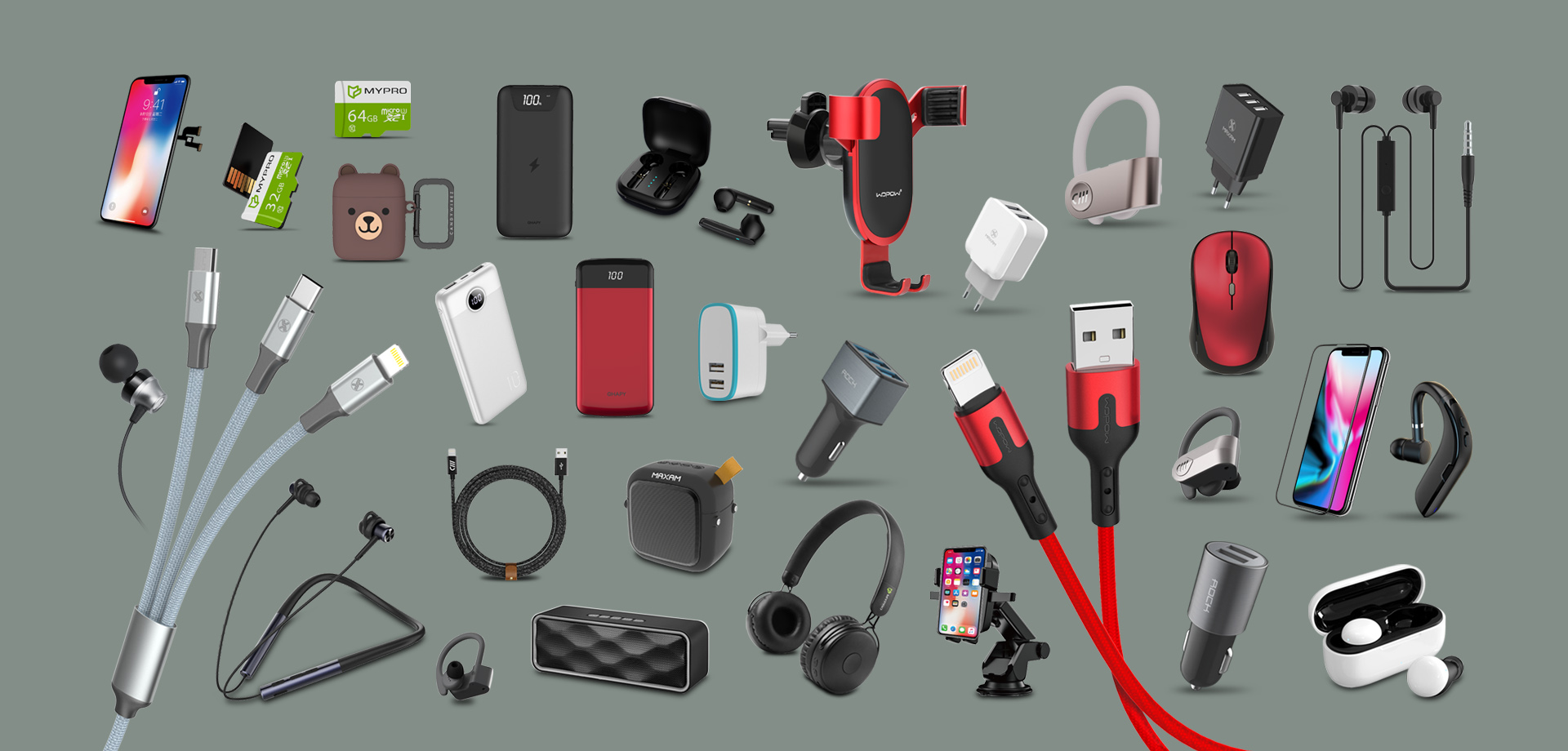In today’s rapidly evolving markets, speed to market has become a critical factor for success, especially in the consumer electronics industry. Companies that can shorten their product development cycle gain a significant advantage, enabling them to capture market opportunities before competitors. China, with its well-established electronics supply chain, offers unparalleled opportunities to accelerate product development. From concept to mass production, Chinese suppliers, manufacturers, and logistics networks provide businesses with the tools needed to bring products to market quickly and cost-effectively.
This blog explores how leveraging China’s electronics supply chain can enhance every stage of product development, highlighting its unique advantages in rapid prototyping, flexible manufacturing, and streamlined logistics.
1. Understanding China’s Electronics Supply Chain Ecosystem
China’s supply chain stands out as one of the most comprehensive and efficient in the world. Here’s why:
Component Availability:
China has a vast network of suppliers offering everything from basic components like resistors and capacitors to advanced semiconductors, sensors, and displays. Buyers can find multiple options for any given component, often at highly competitive prices.
Industry Clusters:
Cities like Shenzhen, Dongguan, and Guangzhou form electronics manufacturing hubs, creating an integrated ecosystem where suppliers, factories, and logistics providers are all located close to each other. This geographic proximity eliminates the delays typically associated with dispersed supply chains.
Scalability and Flexibility:
Factories in China are known for their ability to adapt to production needs, whether it’s small-scale prototype batches or high-volume mass production.
2. Accelerating the Prototyping Phase
The prototyping phase is a critical step in the product development process. Rapid prototyping allows businesses to test ideas, refine designs, and address technical issues before moving to mass production. Here’s how China enables faster prototyping:
Availability of Specialized Prototype Suppliers:
Shenzhen is home to thousands of prototype manufacturers who specialize in creating high-quality samples in record time. Many factories offer same-day or next-day prototype delivery.
Advanced Technologies:
Factories in China use cutting-edge tools like 3D printing, CNC machining, and injection molding to create precise prototypes. This ensures that the samples closely match the final product design.
Low Costs for Iterative Development:
Unlike other countries where prototyping costs are prohibitively high, China’s cost-effective services enable businesses to experiment with multiple iterations without exceeding their budget.
End-to-End Design Support:
Many suppliers also offer design-for-manufacturing (DFM) feedback, helping businesses optimize their designs for mass production while still in the prototyping phase.
3 Reducing Time to Market with Flexible Manufacturing
Once the prototype is finalized, transitioning to mass production is often a time-consuming and complex process. However, China’s supply chain infrastructure simplifies this transition.
Vertically Integrated Factories:
Many manufacturers in China offer vertically integrated services, meaning they handle everything from sourcing raw materials to assembly and packaging. This eliminates the need for buyers to coordinate with multiple suppliers.
Fast Turnaround Times:
Chinese factories operate with high efficiency, reducing lead times and ensuring quicker delivery. For example, a production run that might take months elsewhere can often be completed in weeks in China.
Customizable Production Runs:
Whether you need a limited run of niche products or millions of units for a global launch, Chinese factories can adjust production volumes to meet your specific needs.
4. Leveraging Supplier Collaboration
Effective collaboration with suppliers is essential for speeding up product development. China’s suppliers are known for their willingness to work closely with buyers to overcome challenges and refine products.
Problem-Solving Expertise:
Manufacturers in China have extensive experience handling technical challenges, such as improving product durability or integrating new technologies.
Co-Development Opportunities:
Many factories are open to co-developing products, especially if they see potential for long-term partnerships. This allows buyers to benefit from the supplier’s technical expertise and industry knowledge.
5. Streamlined Logistics for Faster Delivery
Efficient logistics are a cornerstone of China’s supply chain. Once the products are manufactured, China’s robust transportation networks ensure they reach international markets quickly.
Proximity to Ports and Airports:
Major manufacturing hubs like Shenzhen and Guangzhou are located near ports and international airports, reducing transit times.
End-to-End Shipping Solutions:
Many Chinese suppliers provide comprehensive logistics services, including customs clearance, documentation, and freight forwarding, making the shipping process hassle-free for buyers.
6. The Role of Procurement Agents in Speeding Up Development
For businesses new to China, navigating the supply chain can be challenging. This is where procurement agents add value by managing supplier relationships, overseeing quality control, and ensuring timely delivery.
Supplier Vetting:
Procurement agents can identify reliable suppliers who are capable of meeting your quality and timeline requirements.
On-the-Ground Support:
With local expertise, procurement agents can resolve issues like production delays or miscommunication with suppliers.
7. Real-Life Example: Accelerating Product Development in China
Let’s consider an example: A US-based startup wanted to launch a new wireless charging pad within six months. By partnering with suppliers in Shenzhen, they were able to:
- Develop a functional prototype in two weeks.
- Refine the design and start small-scale production within a month.
- Complete a mass production run of 50,000 units in just three months, meeting their launch deadline.
This success was made possible by leveraging the speed and efficiency of China’s supply chain.
8. Conclusion
In the fast-moving world of consumer electronics, speed to market is critical. By leveraging China’s well-developed electronics supply chain, businesses can significantly accelerate their product development cycles. From rapid prototyping to flexible manufacturing and efficient logistics, China offers all the resources needed to bring innovative products to market faster than ever.
For businesses looking to stay ahead of the competition, partnering with Chinese suppliers and procurement experts is not just an option—it’s a strategic necessity.






